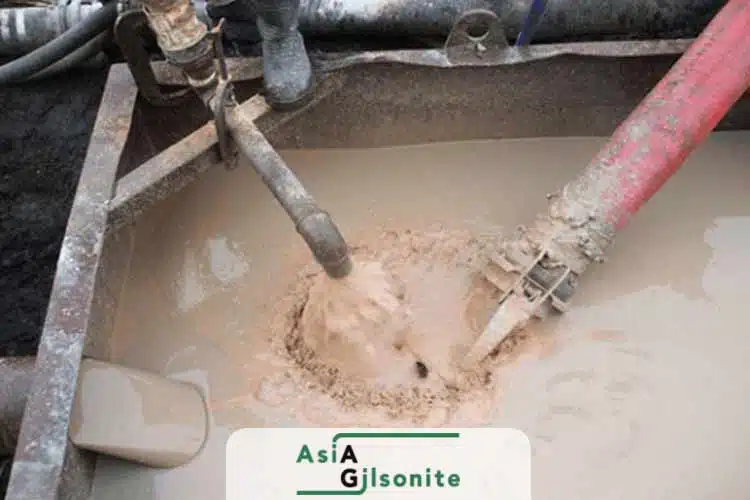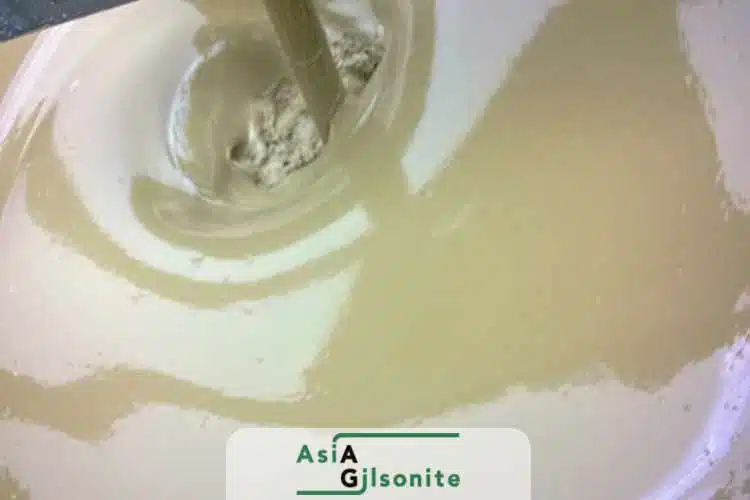Table of Contents
ToggleOil and gas drilling processes involve specific fluids, such as drilling fluids and drilling muds, to ensure successful and environmentally responsible operations. Despite being used interchangeably in industry jargon, there are distinctive characteristics between these two substances that need to be recognized. In order to make more informed decisions regarding which fluid should be used for any given environment, it is crucial to understand their distinct composition, properties and applications.
In this context, you’re going to understand the key differences between these two materials. By becoming better acquainted with these nuanced differences, oil and gas companies can confidently select the fluids best suited for their environments.
What Is the Difference Between Drilling Fluids and Drilling Mud?
Drilling mud and drilling fluid are two terms used to show the intricate combination of water, oil, chemicals, and solids utilized in the drilling process for lubricating the drill bit, bringing up the cuttings to the top, and preserving force in the wellbore. Nevertheless, while these terms are regularly utilized reciprocally, there are a few segregating distinctions among them.
Drilling mud is a form of drilling fluid which effectively runs with water, oil, or synthetic-based fluids, and different enhancements such as clays, polymers, and weighting agents. This mud of drilling serves the purpose to maintain the right temperature and lubrication for the drill bit, administer pressure in the wellbore, and bring cuttings to the surface. Moreover, it stabilizes the formation and makes sure that the wellbore stays firm, avoiding any possible collapse.
Conversely, to fully understand the difference between drilling fluids and drilling mud one should say that drilling fluid is a more extensive term that involves all kinds of fluid used in the drill process, this even encompasses drilling mud. In other words, drilling fluid touches on everything that is used in the drilling process that can be either air, water, foam or any mixture of fluids, solids, and chemicals which help in the functioning of drilling operations.
The Chemical Properties of Drilling Fluids Versus Drilling Mud
Drilling fluids, including muds, typically consist of a complex mixture of chemicals with a wide range of properties.
For instance, water-based drilling fluids and drilling muds usually contain bentonite clay as a viscosity enhancer and gel stabilizer, while additional additives such as polymers, surfactants, and filtration control agents might be included.
On the other hand, oil-based drilling fluids contain a combination of oil, synthetic-base fluids, and emulsifiers, as well as additives like organophilic clays, surfactants, and rheology modifiers.
Moreover, synthetic-based drilling fluids are specifically designed to overcome some of the limitations of conventional water or oil-based fluids allowing for enhanced performance, and typically include esters, olefins, ethers, and elements such as polymers, wetting agents, and anti-settling agents.
To ensure optimal operations, each fluid type is carefully selected for its properties and intended purpose.
Types of Drilling Fluids Versus Drilling Mud
When it comes to drilling, there are a wide range of drilling fluids and drilling muds available.
Drilling Fluid type
Each type of fluid has different features designed to address specific drilling conditions. From completion fluids and workover fluids to stimulation fluids, brines, acidizing fluids, lubricants, and spacer fluids the range of drilling fluids is plentiful.
Drilling Mud Types
Furthermore, drilling mud provide essential functions such as lubrication, cooling, and prevention of formation damage. These consist of base fluids like water, oil, synthetic materials, or various combinations of these materials. Examples of boring muds are water-based mud (WBM), oil-based mud (OBM), and synthetic-based mud (SBM). Each form of mud has distinct properties such as viscosity, density, and pH balance, which makes them suitable for their respective drilling environment and purposes.
Different Applications of Drilling Fluids and Drilling Mud
Drilling fluids and drilling muds are both indispensable in the oil and gas drilling process. While they share some similarities in terms of composition and function, they indicate distinctly different applications. Here are some examples of the different applications of drilling fluids and muds:
Drilling Fluids uses
For instance, completion fluids are used during the completion stage of drilling to fortify wellbore stability while installing casing and cementing it in place.
Workover fluids, on the other hand, are used when an existing well is in need of maintenance or repairs.
Aside from this, stimulation fluids are indispensable during the hydraulic fracturing process, while brine-based drilling fluids can be applied when drilling through salt layers or gas hydrates.
Moreover, acidizing fluids are utilized to dislodge formation damage, raising permeability within the reservoir.
Drilling Mud uses
On the other hand, a set of beneficial applications of drilling mud include cutting removal, lubrication and cooling of the drill bit, formation protection, and pressure control.
In order to guarantee optimal performance, productivity, and safety while drilling, it is paramount to choose the drilling fluid and drilling mud most suitable for each type of drilling. The range and versatility of drilling fluids and muds allow for specific, specialized drill processes, each of which require absolute precision and careful attention.
Conclusion
In conclusion, while drilling fluids and muds have similarities in their composition and functions, their clear-cut distinctions create a situation where each is more suitable for different drilling operations. Drilling fluids are formulated to facilitate specific drilling requirements and/or environmental conditions, while drilling mud serve other critical categories of needs such as lubrication, cooling, and avoidance of formation damage.
The selection of the proper drilling fluid and drilling mud is essential to guarantee a successful and high-risk-free drilling process. Knowing and comprehending these distinct distinctions will aid in making informed choices and selecting the best options according to their individual drilling conditions or needs.




